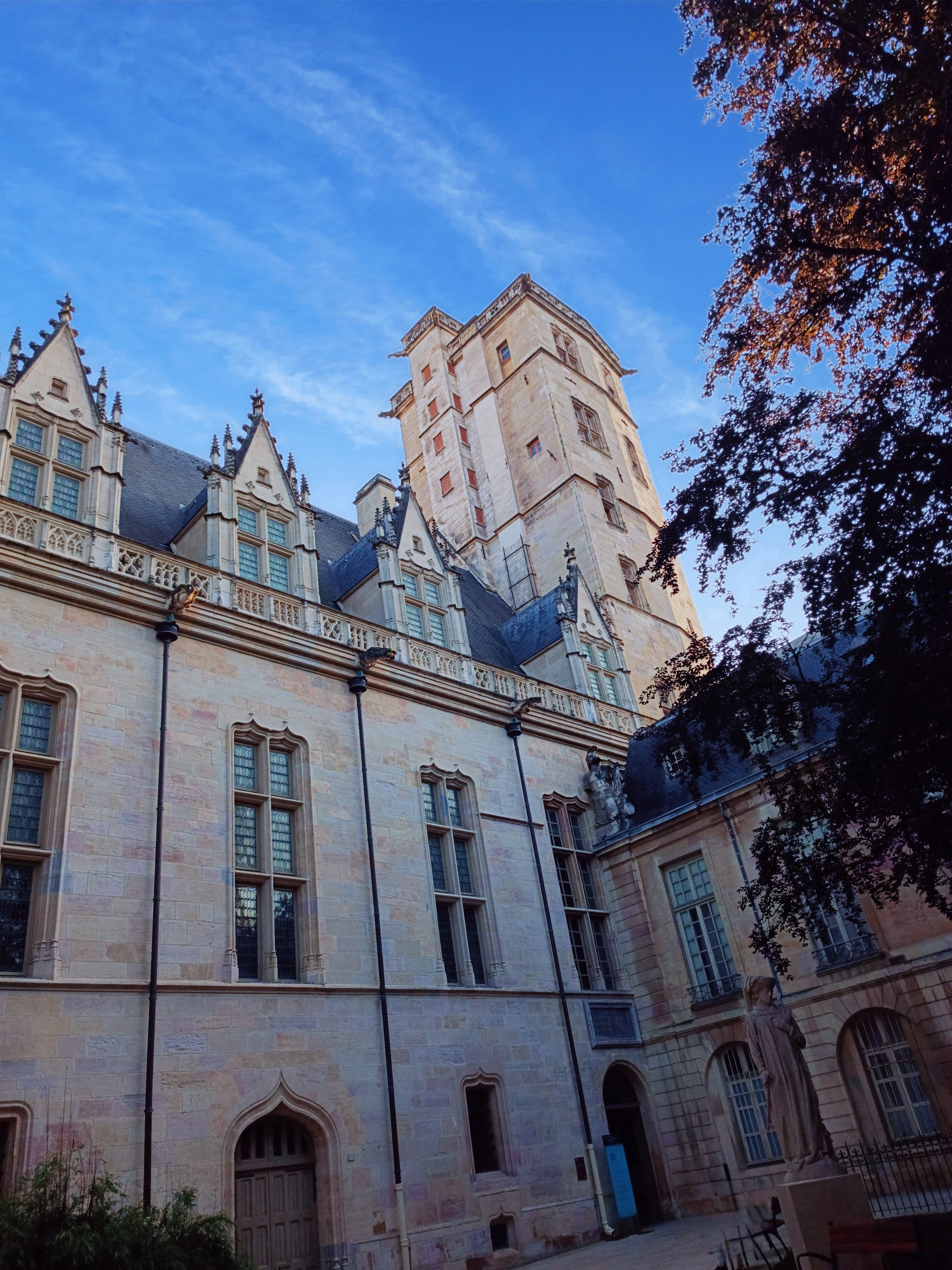Dukes Square: The Heart of Dijon's Rich History
In the heart of Burgundy, a region renowned for its exquisite wines and culinary delights, a grand plaza stands as a testament to centuries of power and prestige. Surrounded by magnificent architecture and steeped in history, this open space has been witnessed to the ebb and flow of French aristocracy, revolution, and modern-day transformation. Welcome to Dukes Square, a place where Dijon's past and present converge in a captivating display of urban elegance.

A Royal Legacy
The origins of Dukes Square can be traced back to the 14th century, when the Dukes of Burgundy wielded immense power and influence across Europe. The square was conceived as a grand forecourt to the Ducal Palace, a symbol of the Burgundian court's wealth and authority. Today, this expansive plaza continues to be dominated by the imposing façade of the Palace of the Dukes and States of Burgundy, a remarkable blend of Gothic and Renaissance architecture.
As visitors step onto the square, they are immediately struck by the sense of space and grandeur. The vast expanse of the plaza is punctuated by carefully manicured gardens, elegant fountains, and statues commemorating Burgundy's illustrious past. The square's design has been carefully preserved and enhanced over the centuries, creating a harmonious blend of historical elements and modern urban planning.
Things to do in Dijon
A Cultural Hub
While Dukes Square's historical significance cannot be overstated, it is far from a static monument to the past. The square has evolved into a vibrant cultural center, hosting a variety of events throughout the year. During the summer months, open-air concerts fill the air with music, while the holiday season brings a magical Christmas market that transforms the square into a winter wonderland.
The Palace itself now houses the Musée des Beaux-Arts, one of France's oldest and most prestigious museums. Art enthusiasts are drawn to its extensive collection, which spans from ancient Egyptian artifacts to contemporary works. The museum's recent renovation has breathed new life into the historic building, creating a dialogue between the art within and the architectural masterpiece that houses it.
A Green Oasis
Despite its urban setting, Dukes Square offers visitors a welcome respite from the bustling city streets. The square's beautifully landscaped gardens provide a tranquil space for relaxation and contemplation. Locals and tourists alike can be found lounging on benches, picnicking on the manicured lawns, or simply strolling along the tree-lined paths.
The gardens are not merely decorative; they also serve as a living museum of horticulture. Rare and exotic plant species are cultivated here, offering a glimpse into Burgundy's rich botanical heritage. The changing seasons bring new colors and scents to the square, ensuring that each visit offers a unique sensory experience.
A Gateway to Dijon
Dukes Square serves as more than just a historical landmark or cultural venue; it is the beating heart of Dijon. From here, visitors can easily explore the city's charming medieval core, with its narrow cobblestone streets and half-timbered houses. The square acts as a natural starting point for walking tours, allowing travelers to immerse themselves in Dijon's rich history and vibrant contemporary culture.
As the day draws to a close, the square takes on a magical quality. The setting sun bathes the historic facades in a warm, golden light, while strategically placed illuminations bring the architectural details to life. Cafes and restaurants around the square's perimeter come alive, offering the perfect vantage point to savor a glass of Burgundy wine and watch the world go by.
Dukes Square stands as a testament to Dijon's enduring appeal, seamlessly blending historical grandeur with modern vitality. It serves as a reminder that the most captivating destinations are those that honor their past while embracing the present. For those seeking to delve deeper into Dijon's cultural treasures, a visit to the nearby Musée Magnin offers an intimate look at 19th-century French art in a beautifully preserved mansion setting.

 Home
Home Wishlist
Wishlist